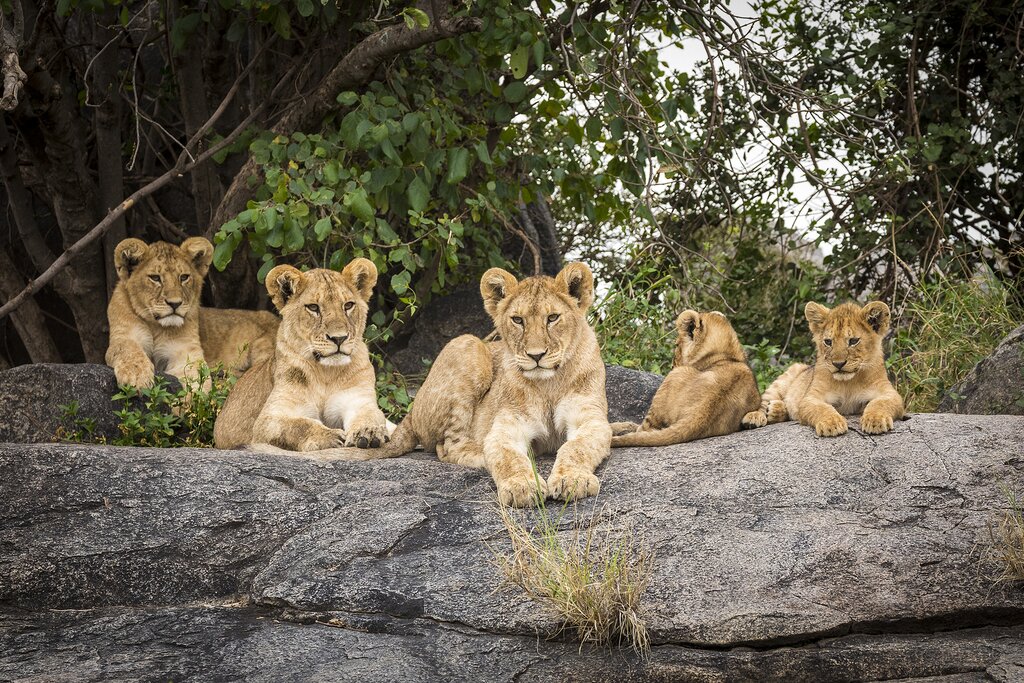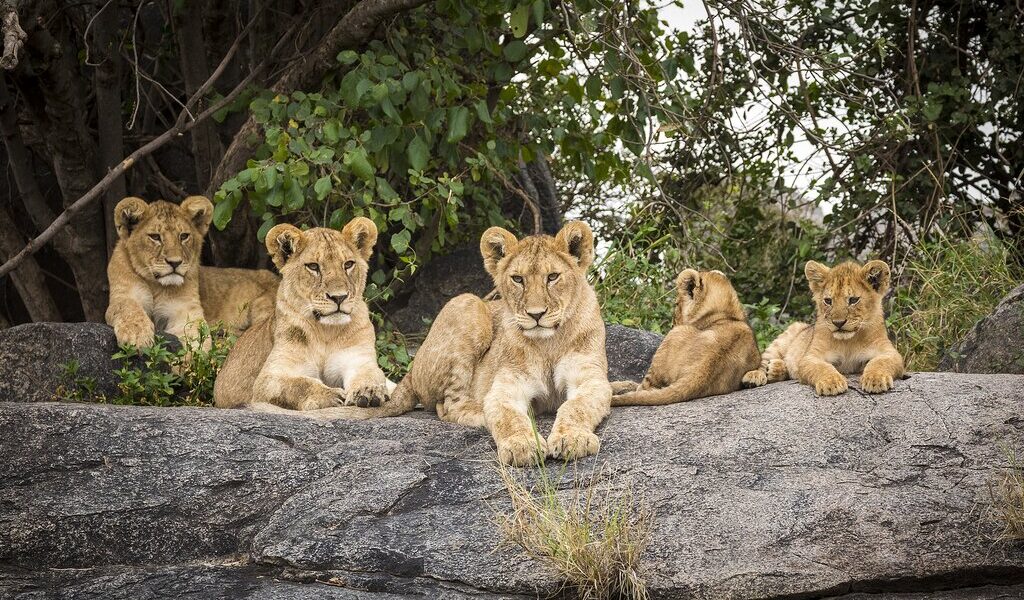
July is peak season for travel to Tanzania because the conditions are perfect for spotting wildlife on a safari. The Great Migration occurs across the plains and up toward Kenya, so you can see the Big Five (and many other species) on the move. July is also an excellent time for a beach vacation in Zanzibar. Find out more about travel to Tanzania in July.
## Tanzania in July: A Comprehensive Guide to the Jewel of East Africa
Tanzania, a land of breathtaking landscapes, vibrant cultures, and unparalleled wildlife encounters, beckons travelers from around the globe. July presents a particularly compelling time to explore this East African gem, offering a unique blend of pleasant weather, thrilling wildlife viewing opportunities, and a chance to immerse yourself in the country’s rich tapestry of experiences. However, like any popular destination, understanding the nuances of traveling to Tanzania in July is key to crafting an unforgettable journey.
**Weather Patterns in July**
Tanzania boasts a tropical climate, characterized by relatively consistent temperatures throughout the year. In the lowlands and along the captivating coastline, you can expect temperatures to hover around a comfortable 77°F–86°F (25°C–30°C). Venturing into the highlands, the temperature range shifts slightly, averaging between 59°F–68°F (15°C–20°C). Altitude plays a significant role in temperature variation, as does the amount of rainfall.
July falls squarely within Tanzania’s long dry season. While some might refer to this period as “winter,” the reality is that temperatures are only marginally cooler than during the wetter months. The true appeal of July lies in the reduced humidity, creating a more comfortable environment for outdoor pursuits. Imagine embarking on a thrilling safari adventure or scaling the slopes of a majestic mountain without the stifling humidity that can sometimes accompany the rainy season. This makes July an ideal month for travelers seeking active and immersive experiences in Tanzania’s diverse landscapes.
**Navigating Crowds and Costs in Peak Season**
July marks the peak season for tourism in Tanzania. The confluence of favorable weather conditions and summer vacations in the northern hemisphere draws a significant influx of visitors. This increased demand has a direct impact on accommodation availability and pricing. Lodges and hotels, particularly those situated near national parks, majestic mountains, and the idyllic coast around **Zanzibar**, operate at full capacity and implement peak season rates.
The national parks in the northern circuit tend to be the most popular, attracting large crowds eager to witness the Great Migration and other iconic wildlife spectacles. However, for those seeking a more secluded and budget-conscious experience, the parks in southern Tanzania, such as the magnificent **Ruaha National Park** or the sprawling **Selous Game Reserve**, offer a compelling alternative. These lesser-known gems provide equally rewarding wildlife encounters with a fraction of the crowds and potentially lower prices.
Regardless of your chosen destination, proactive planning is essential. Booking your accommodation well in advance is paramount to securing your preferred lodging options and potentially mitigating the impact of peak season pricing. By making reservations early, you can ensure a seamless and enjoyable travel experience, free from the stress of last-minute scrambles for available rooms.
**Exploring Tanzania’s Diverse Destinations in July**
Tanzania presents a kaleidoscope of destinations, each offering a unique and unforgettable experience.
For those yearning for the quintessential East African safari, the **Serengeti National Park** is an absolute must-visit in July. This is the time when the Great Wildebeest Migration is in full swing, a breathtaking spectacle of millions of wildebeest, zebras, and gazelles traversing the plains in search of greener pastures. The **Western Serengeti** is particularly rewarding during this period, offering prime viewing opportunities as the herds congregate in this region.
The dry weather in July contributes to enhanced wildlife viewing. The vegetation thins out, providing unobstructed vistas of the landscape and making it easier to spot animals. Furthermore, the scarcity of water sources leads animals to congregate around watering holes, creating unparalleled opportunities for wildlife observation and photography.
If you crave a more intimate and less crowded wildlife experience, venture south to the underrated **Ruaha National Park**. While this park may not be home to rhinos, it boasts an impressive array of other animals that rival those found in the northern parks. The added advantage is the absence of throngs of tourists, allowing for a more personal and immersive connection with the natural world. **Ruaha National Park** is renowned for its large prides of lions and its exceptional birdlife, with over 500 species gracing its skies.
For a completely different perspective on wildlife encounters, consider a visit to **Gombe National Park**, Tanzania’s smallest national park, nestled on the shores of **Lake Tanganyika** near the border with **Burundi**. This park holds a special place in history as the site where renowned British primatologist Jane Goodall conducted her groundbreaking research on chimpanzees.
The dry season is an excellent time to explore **Gombe National Park**, offering favorable conditions for tracking and observing these fascinating primates. Photographers, both professional and amateur, will relish the opportunity to capture stunning images of the 100-plus chimpanzees that have become accustomed to human presence. In addition to chimpanzees, the park is also home to a variety of other primate species, including blue monkeys, olive baboons, red colobus, red-tailed monkeys, and vervet monkeys, adding to the richness of the wildlife experience.
**Activities and Adventures Await**
With two weeks at your disposal, you can craft a truly unforgettable Tanzanian adventure by combining exhilarating wildlife safaris with blissful relaxation on the pristine beaches of **Zanzibar**. The dry season offers ideal conditions for enjoying the archipelago’s famed white sands, clear skies, and tranquil turquoise waters. Imagine spending your days basking in the sun, swimming in the warm ocean, and indulging in the island’s vibrant culture and cuisine.
For those with a penchant for adventure, July presents an opportune time to conquer **Mount Kilimanjaro**, the “Roof of Africa.” This iconic peak, towering at 19,340 ft (5,895 m), offers a challenging yet rewarding climb that typically takes between five and ten days, depending on the chosen route.
While often referred to as a “walk up,” **Mount Kilimanjaro** should not be underestimated. The altitude can pose significant challenges, and proper acclimatization is crucial for a successful ascent. However, the effort is well worth the reward, as you’ll be treated to breathtaking panoramic views across Tanzania and potentially into Kenya. Along the way, you’ll have the chance to spot wildlife at lower altitudes and traverse a diverse range of vegetation and terrain.
For a slightly less demanding mountain climb, consider **Mount Meru**, which stands at 14,967 ft (4,562 m). Its lower altitude makes it a more accessible option for those seeking a challenging hike without the extreme demands of Kilimanjaro.
**Immerse Yourself in Cultural Events**
July in Tanzania is not just about wildlife and natural beauty; it’s also a time to immerse yourself in the country’s vibrant culture through a variety of exciting events.
The **Zanzibar International Film Festival/ Festival of the Dhow Countries**, held in **Zanzibar**, is a two-week extravaganza that ranks among the largest cultural events in East Africa. This festival showcases a diverse range of films and cultural performances, providing a captivating glimpse into the region’s artistic expressions.
Another fascinating cultural event is **Mwaka Kogwa**, also celebrated in **Zanzibar**. This festival, rooted in the Persian/Zoroastrian New Year, is a vibrant display of singing, dancing, feasting, drumming, and rituals performed to usher in good luck for the coming year. Witnessing **Mwaka Kogwa** is a unique opportunity to experience the rich cultural heritage of **Zanzibar** and its diverse influences.
B-2563

